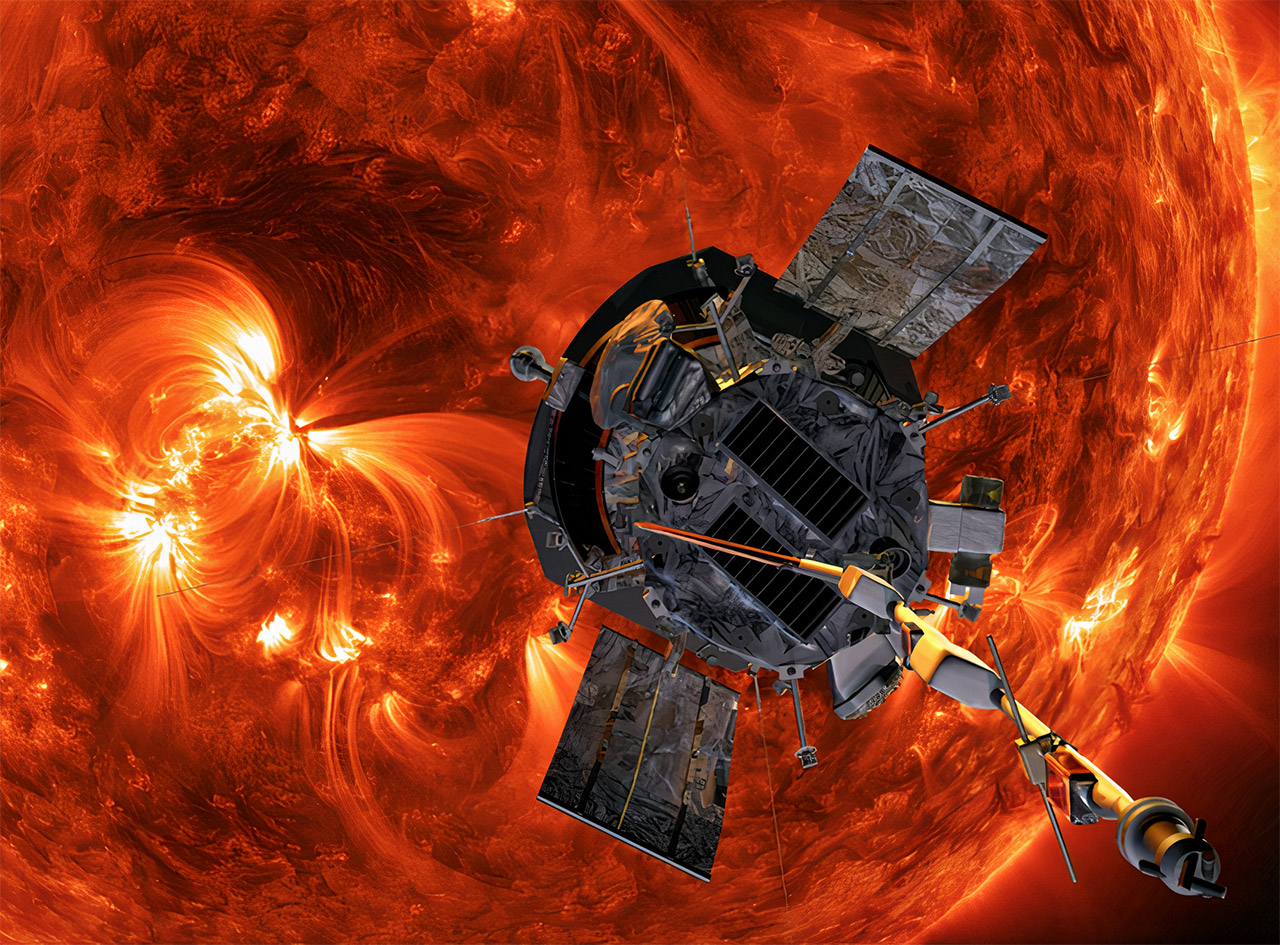
NASA’s Parker Solar Probe has now become the fastest man-made object ever built as it starts its eighth science-gathering solar encounter. When it reached its closest approach, called perihelion, on April 29th, Parker Solar Probe came within about 6.5 million miles of the Sun’s surface, while moving faster than 330,000 miles per hour, setting new records for both speed and solar proximity. Read more for two videos about the Parker Solar Probe, including on why it doesn’t melt.
Just a few days ago, on April 25th, the spacecraft transmitted a “tone one” beacon to operators at the Johns Hopkins Applied Physics Laboratory, or APL, in Maryland, indicating that all of its systems were normal heading into closest approach. Its four onboard instrument suites are now gathering data on the solar environment and the solar wind as it streams from the Sun. It will continue to collect science data through May 4th.
- BRIGHT, SHARP VIEWS ANYWHERE: Unlike many beginner telescopes, this quality refractor features fully coated glass lenses and a 70mm aperture for...
- PERFECT FIRST TELESCOPE FOR BEGINNERS: Designed for adults and kids to enjoy together, this beginner-friendly telescope sets up in minutes and...
- EASY NO-TOOL SETUP: No complicated assembly or tools needed. The full-height tripod and telescope tube set up in seconds and pack neatly into the...
Parker Solar Probe has shown us that there is a lot more interconnected activity near the Sun than we once thought. With this closest approach visible from Earth, we have a fantastic opportunity to put as many eyes as we can on the Sun to help us build a big picture. And we really appreciate the enthusiastic cooperation of so many observatory and mission teams to make that happen,” said Parker Solar Probe Project Scientist Nour Raouafi of the Johns Hopkins University Applied Physics Lab, or APL, in Laurel, Maryland.



